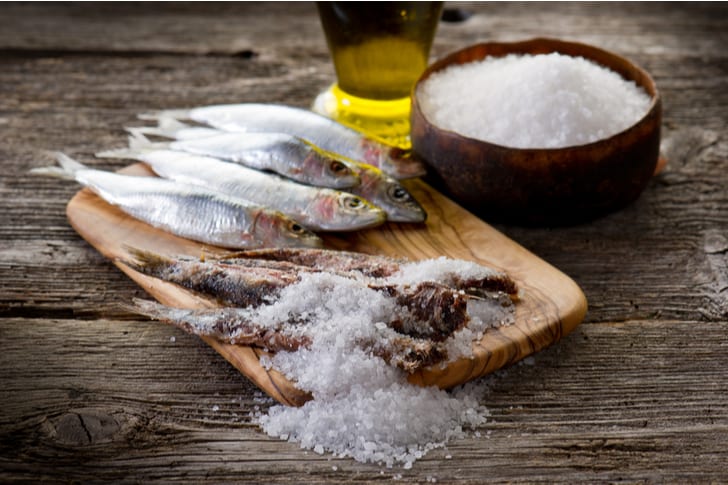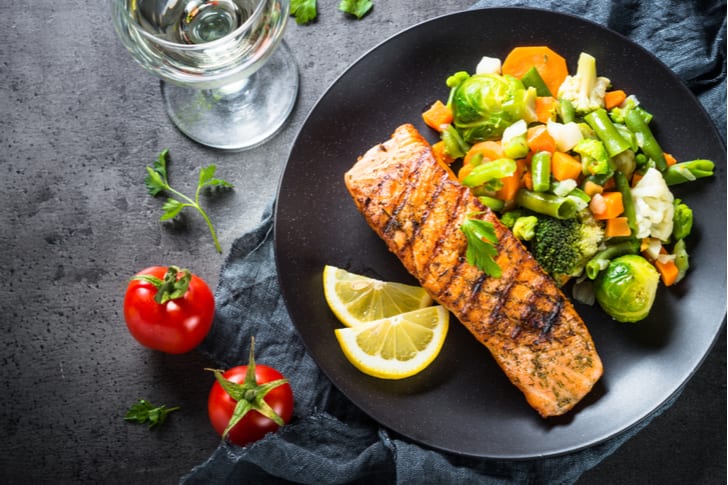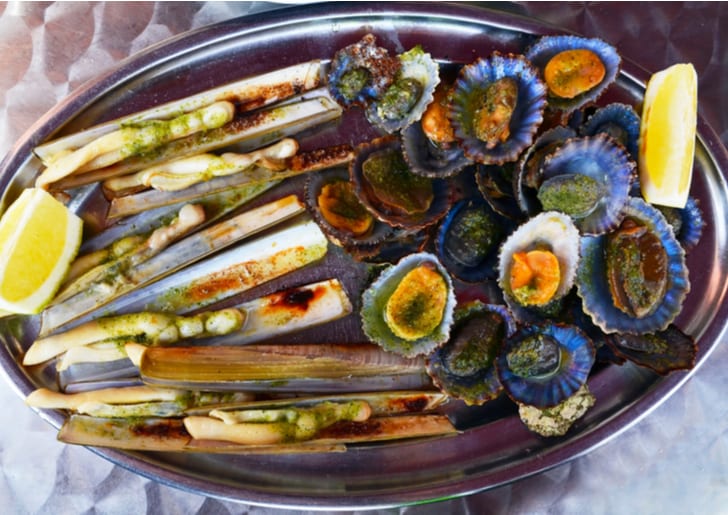Have you heard about the pescatarian diet? It was all over the news early in February when actress-singer Janelle Monae revealed claims that this eating plan led to s mercury poisoning. Reality star Kim Kardashian has also said that her 4-year-old daughter North is a pescatarian. What exactly is the pescatarian diet and what are its effects on our health?
There is still no standard description to define what a pescatarian diet is. Although, it is said to closely follow the vegetarian or vegan diet. The only difference is that pescatarians eat fish and seafood.
Some only have fish as the one animal protein they consume. This can be sushi or some wild salmon. Others allow themselves to eat eggs or dairy—or both. But one thing is certain: they do not eat meat or poultry.
How it promotes good health, however, boils down to two factors. First is the amount and the type of seafood they eat, while the other is the quality and balance of the other food items they consume.

Performance nutritionist Cynthia Sass says that she has noticed that more and more people are no going pescatarian. Many of them are even surprised when she tells them that they’re consuming too much seafood.
Seafood like wild salmon and tuna are great sources of protein. These are also rich in omega-3 fatty acids, which are considered good fats and are linked to muscle, heart, skin, brain, and eye health as well as anti-inflammation. However, the amount of mercury found in these kinds of seafood can stack up quickly if you eat it every day.
According to Sass, she lets her clients refer to the Consumer Guide to Seafood by Environmental Working Group (EWG). After you input your age, weight, and gender and answer a few yes or no queries, a chart arranged from green to yellow and red will be generated.
The dark green category comprises of types of seafood that have high omega-3s, contain low mercury levels, and sourced sustainably. Those with higher mercury content fall under the yellow list, while the red category is composed of varieties that have too high mercury content to eat on a regular basis.

Sass notes that being categorized under dark green doesn’t mean that you can have portions of it at your heart’s content.
There is still a set weekly recommended mercury exposure rate in a 4-ounce portion of each type of seafood. A quarter-pound of salmon has 14%. According to the chart, there is a limit of up to 3 servings per week for food items under dark green provided that you don’t eat any other serving of seafood.
How often you consume it should decrease as you move on to the red options. A 4-ounce piece of cod alone contains 30% of the maximum recommended weekly mercury exposure. For other types of seafood, lobster has 40%, mahi-mahi has 64%, while sushi tuna is at 124% Shockingly, some varieties of seafood have high mercury content, like swordfish that has 246%.

Effects on Pregnant Women
You may have probably heard that pregnant women should be extra careful with their mercury consumption. The heavy metal goes through the placenta and can damage the baby’s developing brain and nervous system when consumed in excess.
The risks of excess mercury on adults, on the other hand, is still being studied. Research has revealed that consuming too much mercury can eventually lead to heart disease, high blood pressure, and probably Alzheimer’s disease.
